Description
Weight – 105 kg
Dimensions – 92 cm Wide x 68 cm Deep x 139 cm High (93 cm to the table surface)
Packaging Dimensions – 105 cm Wide x 75 cm Deep x 160 cm High
Operating voltage supply – 110 to 240 V~, 47 to 63 Hz (12 to 6 A)
Power input – 120 W typically (max. 1.2 kW with auxiliary outlets used)
Battery autonomy – 90 min typically
Auxiliary power outlets – 4, with automatic protection
O2, N2O and Air supply – 2.7 to 6.9 bar (39.1 to 100 psi)
Screen – TFT 18.5″ (47 cm) projected capacitive touchscreen
Protection class – Class I, gas analyser type BF defibrillation proof
Classification – Class II b
Storage – One front drawer with self-brake system and two back cabinets with door
Lighting – LED bar below the screen controlled from the touchscreen
Auxiliary integrated systems – Auxiliary 02 flow meter (0-15 L/min), Auxiliary 02 suppy valve (NF standard) and Suction device
Communication ports – 1 x RS-232, 2 x USB, 1 x LAN Ethernet
Reviews (0)
Only logged in customers who have purchased this product may leave a review.


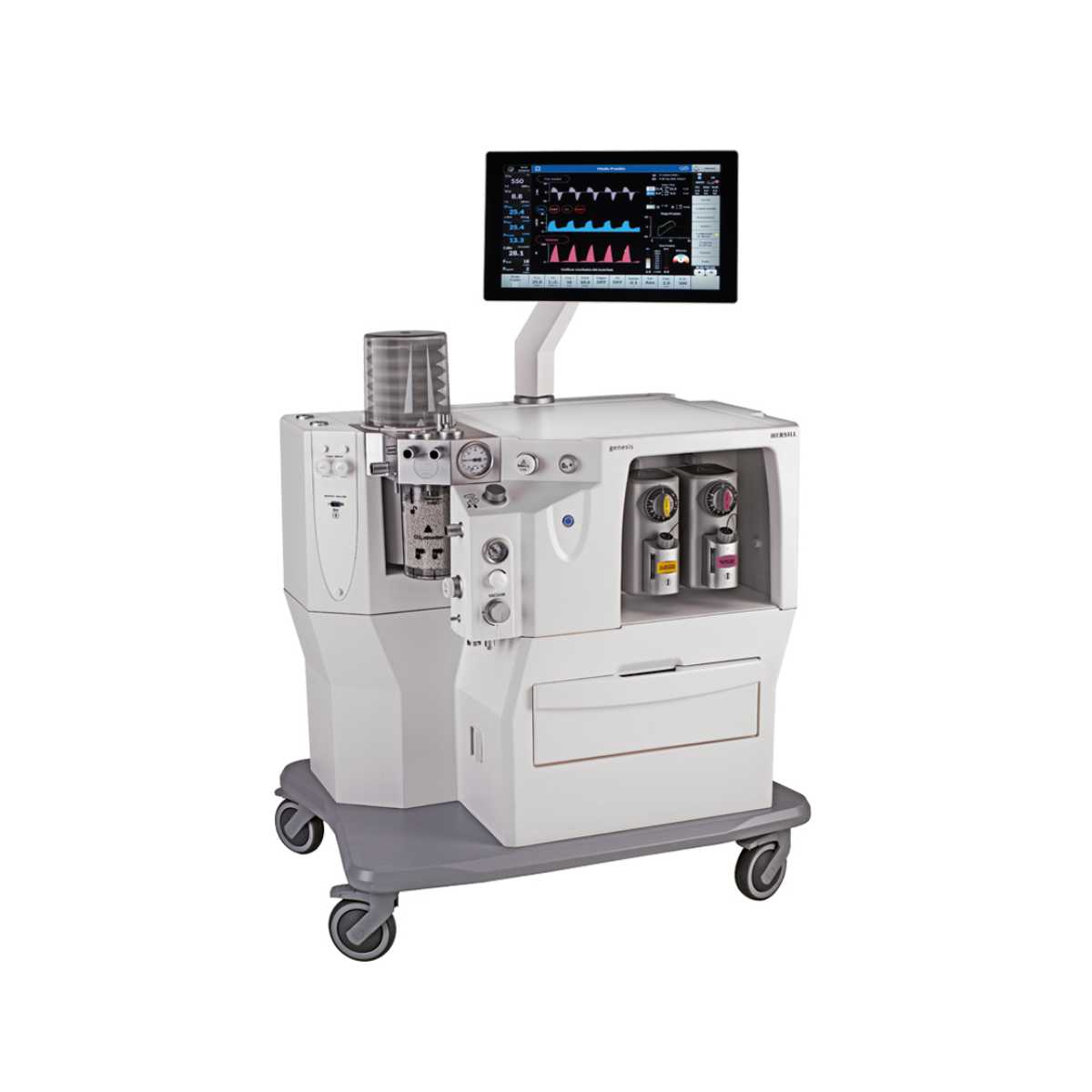
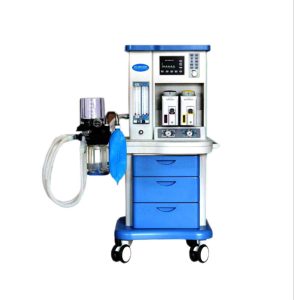

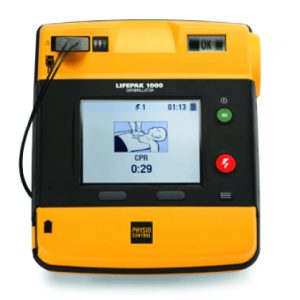
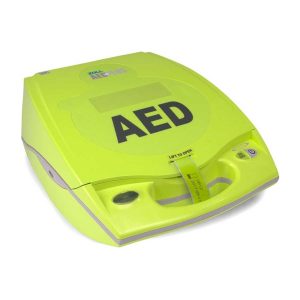
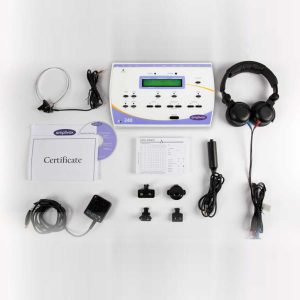
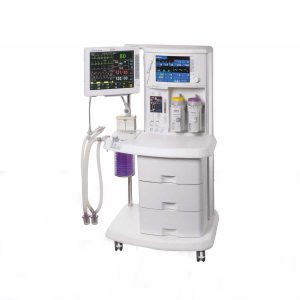
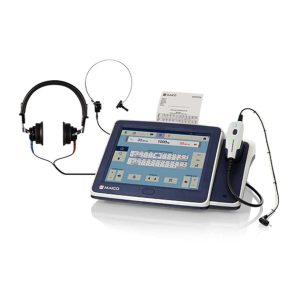
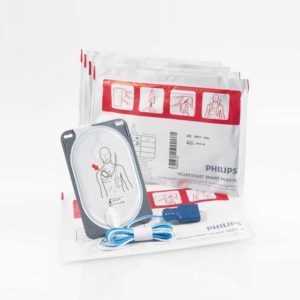
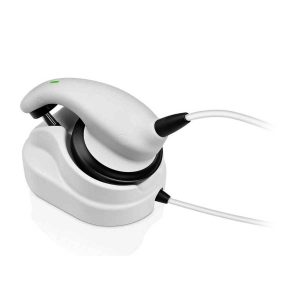
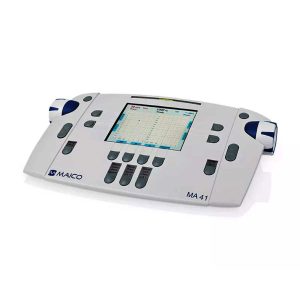
Reviews
There are no reviews yet.